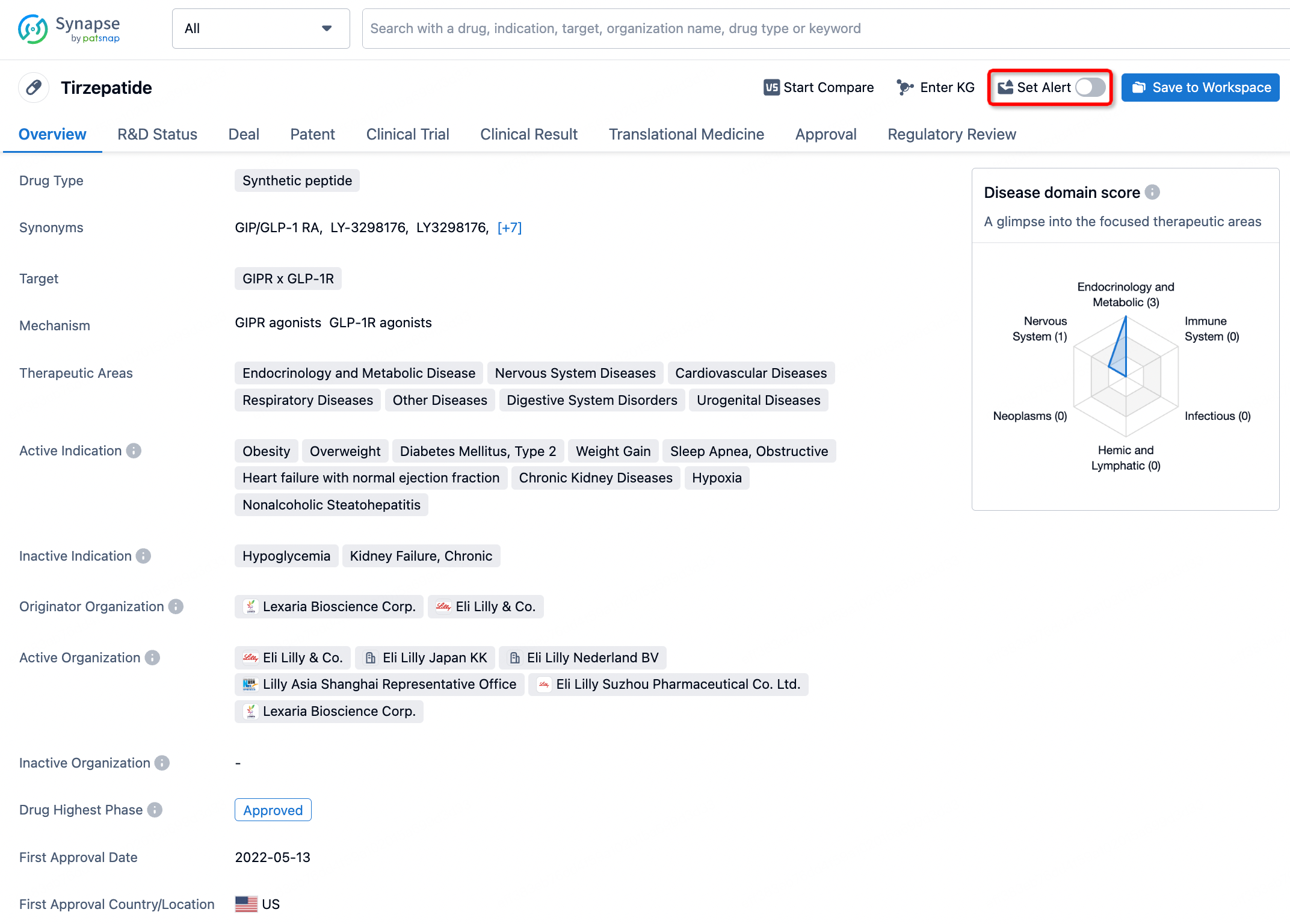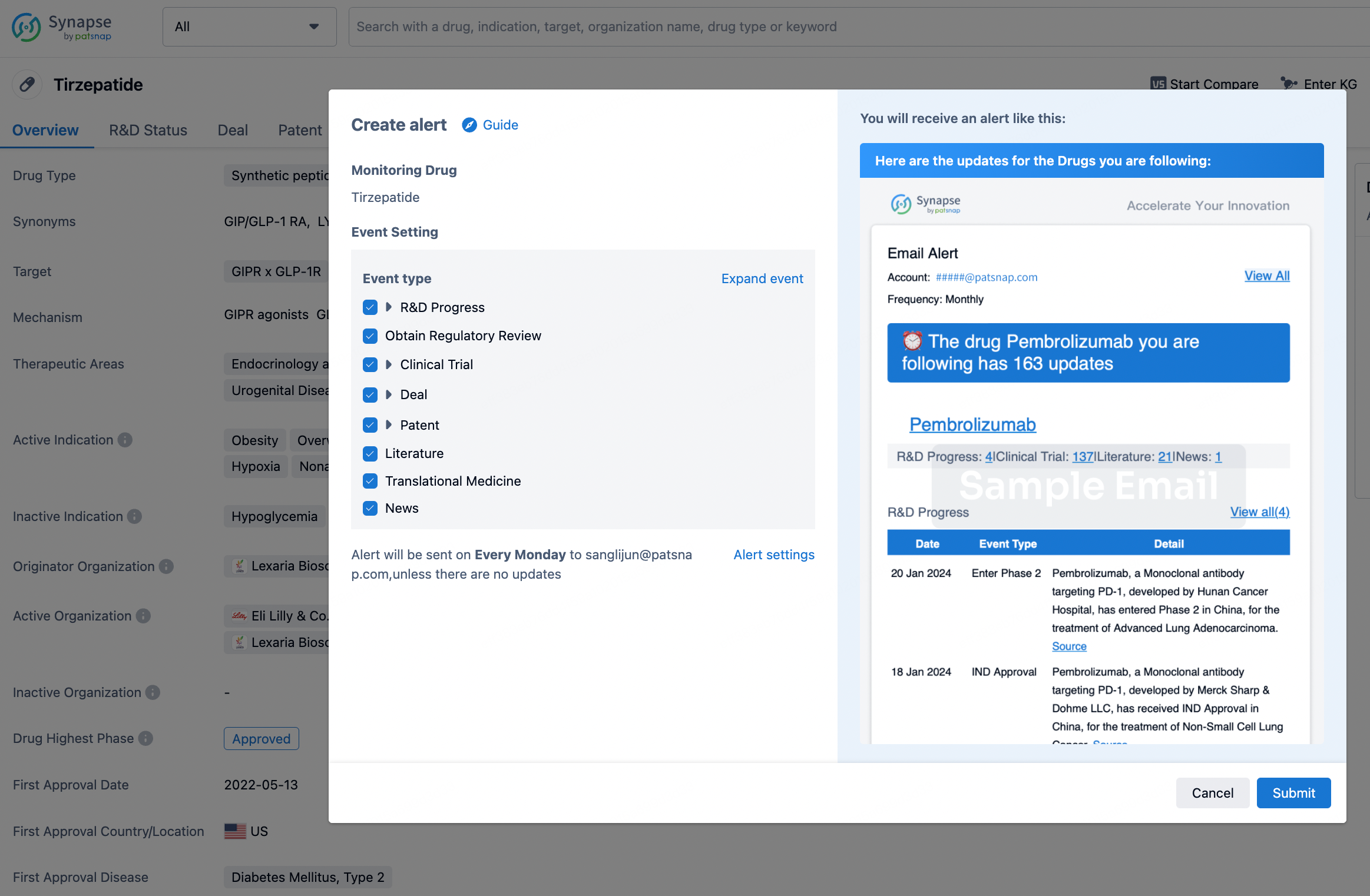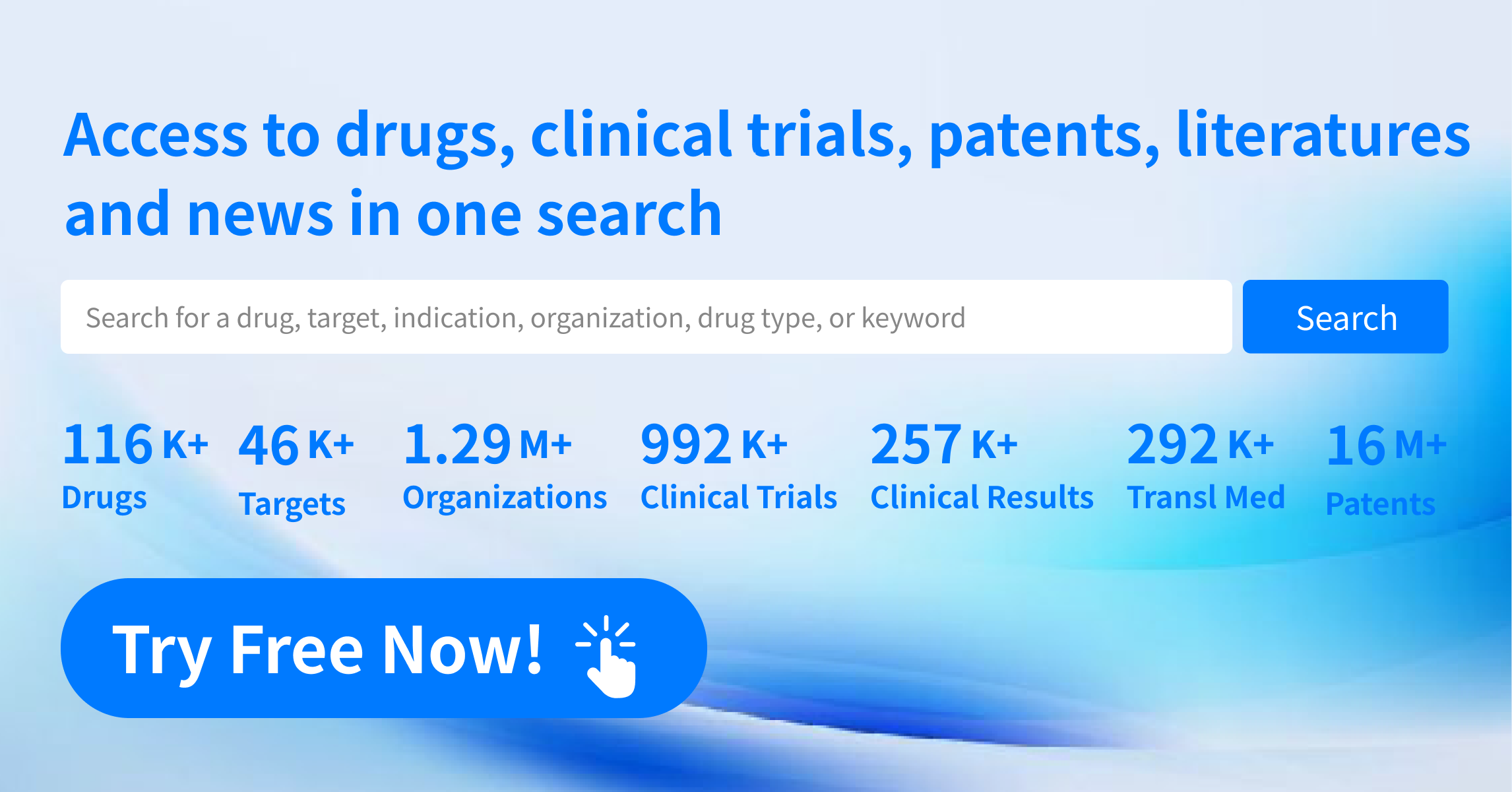What are the side effects of Tacrolimus?
Tacrolimus is an immunosuppressive medication primarily used to prevent organ rejection after transplantation and in the treatment of certain inflammatory conditions such as atopic dermatitis. While highly effective, tacrolimus comes with a range of potential side effects. Awareness and monitoring of these side effects are crucial for patients undergoing treatment with this medication. Here, we delve into the common and less common side effects associated with tacrolimus.
Common Side Effects
1. Nephrotoxicity: One of the most significant side effects of tacrolimus is its potential to cause kidney damage. Patients may experience elevated creatinine levels, indicating impaired kidney function. Regular monitoring of kidney function is essential for those taking this medication.
2. Neurotoxicity: Tacrolimus can affect the nervous system, leading to symptoms such as headache, tremors, insomnia, and peripheral neuropathy. In severe cases, it may cause encephalopathy, characterized by confusion and altered mental status.
3. Hyperglycemia: Tacrolimus can impair glucose metabolism, leading to elevated blood sugar levels. This side effect is particularly concerning for patients with diabetes or those at risk of developing diabetes.
4. Hypertension: Increased blood pressure is another common side effect of tacrolimus. Patients on this medication often require antihypertensive drugs to manage this condition.
5. Gastrointestinal Issues: Nausea, diarrhea, and abdominal pain are frequent complaints among patients taking tacrolimus. These symptoms can often be managed with supportive care and dietary adjustments.
6. Increased Infection Risk: As an immunosuppressant, tacrolimus increases the risk of infections. Patients are more susceptible to bacterial, viral, and fungal infections due to the suppression of the immune system.
7. Hyperkalemia: Elevated potassium levels in the blood can occur with tacrolimus use. This condition requires careful monitoring and, if necessary, dietary modifications to manage potassium intake.
Less Common Side Effects
1. Cardiovascular Issues: Though less common, tacrolimus can lead to conditions such as arrhythmias and cardiomyopathy. These side effects warrant close cardiac monitoring, especially in patients with preexisting heart conditions.
2. Hematologic Changes: Some patients may experience changes in blood cell counts, such as anemia, leukopenia (reduced white blood cells), and thrombocytopenia (reduced platelets). Regular blood tests are necessary to detect these changes early.
3. Hepatotoxicity: Liver damage is a potential side effect of tacrolimus. Elevated liver enzymes can indicate liver stress or damage, necessitating routine liver function tests.
4. Malignancies: Long-term use of immunosuppressants like tacrolimus is associated with an increased risk of malignancies, including skin cancers and lymphomas. Regular skin checks and monitoring for unusual symptoms are recommended.
5. Electrolyte Imbalances: Apart from hyperkalemia, tacrolimus can cause other electrolyte imbalances such as hypomagnesemia (low magnesium levels) and hyperphosphatemia (high phosphate levels). These imbalances require appropriate supplementation and dietary adjustments.
6. Alopecia: Hair loss can occur in some individuals taking tacrolimus. While not dangerous, this side effect can impact the quality of life and self-esteem.
Management of Side Effects
The management of tacrolimus side effects involves a combination of regular monitoring, lifestyle modifications, and adjunctive medications. Blood tests to check kidney and liver function, blood pressure measurements, and glucose monitoring are essential components of patient care. Dietary changes, such as reducing potassium intake, can help manage specific side effects. In some cases, dosage adjustments or switching to an alternative immunosuppressive drug may be necessary.
In conclusion, while tacrolimus is an effective medication for preventing organ rejection and treating inflammatory conditions, it is associated with a range of potential side effects. Close monitoring and proactive management are crucial to minimize these risks and ensure the best possible outcomes for patients. Always consult with a healthcare professional before making any changes to your medication regimen.
How to obtain the latest development progress of all drugs?
In the Synapse database, you can stay updated on the latest research and development advances of all drugs. This service is accessible anytime and anywhere, with updates available daily or weekly. Use the "Set Alert" function to stay informed. Click on the image below to embark on a brand new journey of drug discovery!


